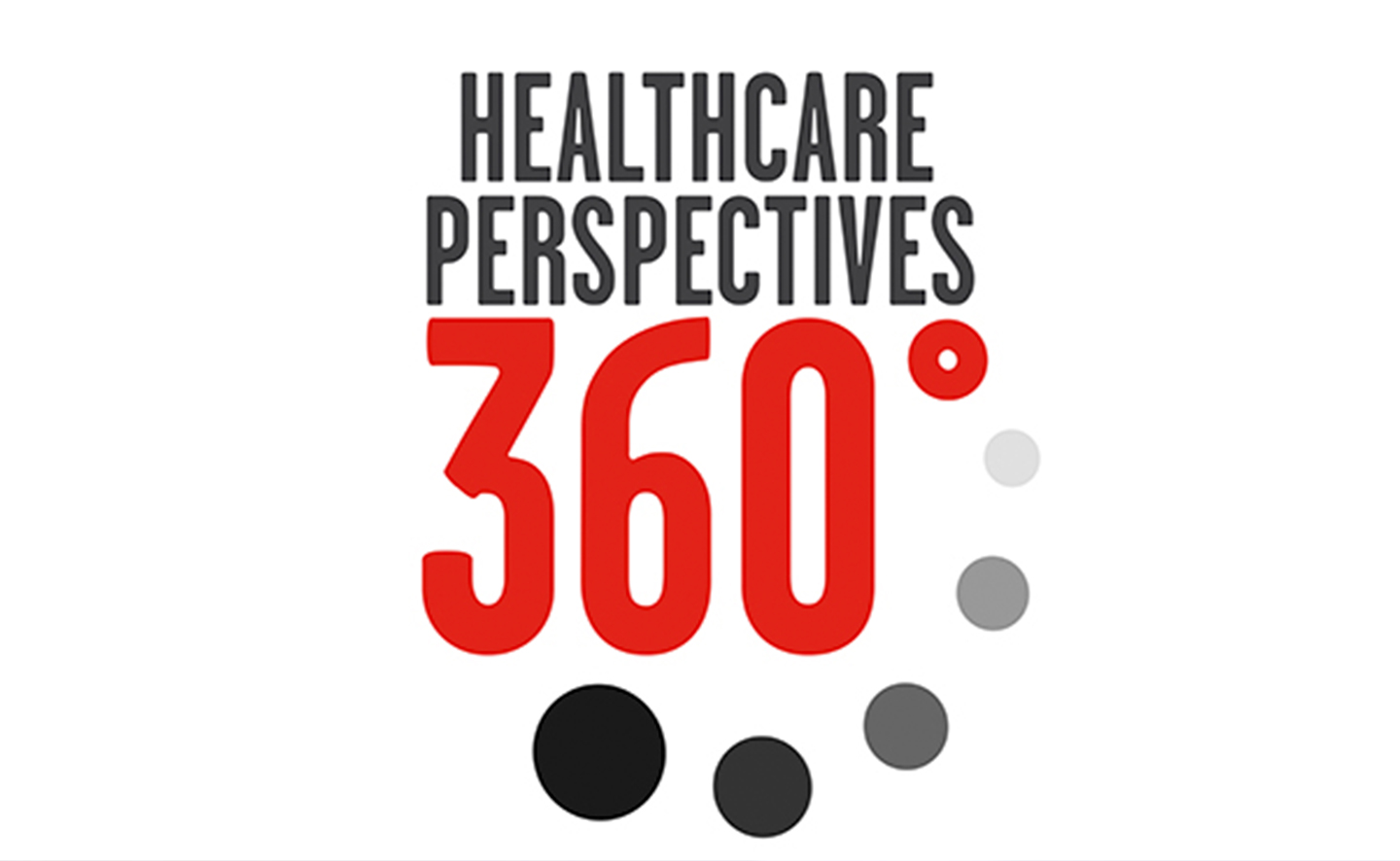Expert Insights
Thought Leadership from Our Experts
Latest Thinking

August • 12 • 2025
Hidden in Plain Sight: Exposing the Drivers of Diagnostic Error – Office-Based Practice
This white paper offers a pathway to reducing diagnostic errors in the healthcare office setting.

November • 13 • 2025
Test Tracking and Follow-Up in the Office-Based Practice
Consider these recommendations for evaluating test result management systems at your organization.
Read Article
November • 11 • 2025
Healthcare Perspectives 360 Podcast
This series explores timely topics from multiple perspectives, such as physician, nurse, patient, lawyer, risk manager, or...
Listen to Podcast
October • 22 • 2025
Strengthening Care Delivery With Failure Mode and Effects Analysis
Uncover process vulnerabilities, prioritize risks, and implement targeted improvements—leading to safer, more consistent patient...
Read Article
October • 9 • 2025
Inpatient Addiction Consult Services: Balancing Innovation and Liability
With thoughtful planning, implementation, and risk management strategies, inpatient ACS can improve outcomes and ensure more...
Read Article
September • 28 • 2025
Diagnostic Errors in the Emergency Department: Are You Getting It Right?
ED clinical decision-making and diagnostic-related malpractice events
View Poster
September • 22 • 2025
Manage Risks and Support Patients With Disclosure Best Practices
After an adverse event, following disclosure best practices helps maintain trust and supports patients and their families.
Read Article
September • 18 • 2025
Responding to Requests for Deposition Testimony
Good preparation can make the deposition process less stressful.
Read Article
August • 27 • 2025
Understanding Informed Consent: Why and When It’s Necessary
Adherence to informed consent best practices empower patients and reduce the risk of medical malpractice claims.
Read Article
August • 14 • 2025
Parents Who Hesitate or Choose Not to Vaccinate Their Children
While caring for patients who hesitate or choose not to vaccinate can be a challenge, healthcare practitioners may have the...
Read ArticleGet updates on the latest
Subscribe to our newsletter to stay in the know!
Get the latest news, white papers, analytics reports, podcasts, and more.